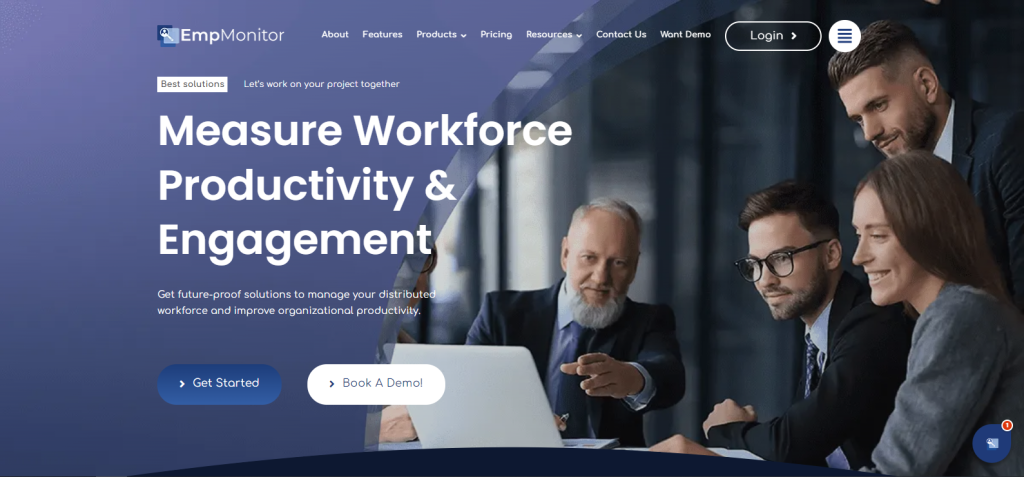Have you ever wondered about the real value of time in your business? Time is more than just minutes ticking by on a clock; it’s a precious commodity that directly impacts your bottom line.
In this blog, we’ll delve into the concept of time cost, how it affects your business finances, and why it’s crucial to understand for success.
Join us as we unravel the mysteries behind this and its profound influence on your company’s success.
LISTEN TO THE PODCAST NOW!
What Is The Time Cost?
Time cost relates to the hidden expenses accrued when an activity surpasses its anticipated duration. It encompasses tangible factors like labor expenses alongside intangible elements such as missed opportunities and reduced productivity. These costs not only impact your financial performance but also influence the overall effectiveness of your business operations.
It can be divided into two main categories: Internal and External.
Internal time expenses encompass within your organization, such as overtime payments and administrative overheads, directly affecting your financial standing. On the other hand, external time expenses refer to the financial repercussions experienced by customers, suppliers, and other external stakeholders. Evaluating both categories is crucial for understanding the consequences of delays related to time.
The concept of time expenditure revolves around the duration required to accomplish a specific task, action, or objective. Its interpretation varies depending on the context in which it’s applied.
Project Management: Within project management, time expenditure refers to the estimation of the time frame of the project. Balancing time and cost is crucial here; extending the timeline may reduce immediate expenses, but unforeseen delays can escalate costs over time.
Business Operations: In a business context, time expenses are intertwined with opportunity costs. Rather than solely measuring the time taken to execute an action, opportunity cost considers the trade-offs involved. Opting for one course of action means sacrificing potential benefits from another.
For instance, investing time in automating tasks instead of manual labor frees up valuable time for strategic initiatives, enhancing overall productivity.
Calculating Time Cost
The methodology for calculating time expanse varies based on the scenario. For example, in the case of a freelance social media manager, the time clock calculator employed to ascertain project duration based on a fixed flat rate operates using the following formula:
Time Cost = Hourly Rate × Hours Spent
If the actual time spent exceeds the initial estimate, it indicates an underestimation of time expenditure, potentially leading to financial losses.
The concept of time expense and employing effective strategies to manage it is crucial for both professional success and personal fulfillment.
What Is Time Cost Optimization?
Time cost optimization refers to the strategic process of minimizing the time required to complete essential tasks within a project or business operation. It entails evaluating the time allocation for various activities and identifying areas where efficiency- can be enhanced.
This may involve streamlining workflows, eliminating unnecessary meetings, fostering constant work periods, and reducing workplace distractions such as notifications and interruptions.
The primary objective of time expenditure optimization is to enhance productivity and profitability by controlling unnecessary time expenditures. By establishing benchmarks for the ideal time allocation to different tasks, teams can effectively manage project costs and enhance- overall performance. While exact adherence to these benchmarks may only sometimes be feasible, having them as reference points facilitates continuous improvement and resource optimization within projects.
Strategies For Time Cost Optimization
Strategies for optimizing time cost can be boiled down to four key approaches:
- Enhancing employees’ time management skills: Start by assisting employees in improving their time management abilities. It can involve providing training on project management tools, aiding them in setting realistic deadlines and prioritizing tasks effectively.
- Assessing team culture for productivity pitfalls: Evaluate your team culture to identify and eliminate any hidden barriers to productivity. Are unnecessary meetings consuming valuable time? Are constant interruptions hindering workflow? Addressing these issues can significantly minimize time wasted on non-essential activities.
- Implementing the triple constraint approach to project management: Embrace the triple constraints of project management – cost, scope, and time – to ensure project success. By prioritizing tasks based on financial constraints and creating realistic schedules, you can effectively manage time costs and complete projects on time.
- Leveraging technology for efficiency gains: Utilize technology to streamline manual tasks and boost productivity. Whether it’s through automation platforms or workforce management software like EmpMonitor, it simplifies workflows and reduces errors along with keeping track of time in project management.
Understand And Improve Your Organization’s Time Cost With EmpMonitor
Time is money. Every minute wasted represents a potential loss in productivity and profitability. That’s why organizations must have a clear understanding of their time expenditure and implement strategies to optimize them. Nowadays, organizations have started using time-tracking software like EmpMonitor to prevent unnecessary time consumption.
EmpMonitor provides comprehensive insights into how time is being utilized within an organization and tracking employee activities and tasks in real time offers valuable data on where time is being spent efficiently and where there is room for improvement. This level of visibility allows businesses to identify bottlenecks, eliminate time-wasting activities, and streamline workflows for greater efficiency.
In addition to its tracking and analytics capabilities, EmpMonitor offers features such as automated time tracking, timesheet management, and productivity analysis. These tools help businesses optimize their time cost and streamline administrative tasks related to timekeeping and attendance management.
EmpMonitor is a valuable asset for any organization looking to understand and improve its time costs. By providing visibility, insights, and tools for optimization, it empowers businesses to make data-driven decisions and maximize their productivity and profitability in today’s competitive landscape.
READ MORE,
Time Tracking Software For Employees: The Next Big Thing In Productivity Tools
How Time Calculator Helps You Managing Employees In 2022?
Even-Handled Timesheets: Quick, Easy & Accurate Time Tracking Software
Flat Rate Vs Hourly: Which Is Better, Know The Difference
The Impact Of Time Cost On Your Business
The time expenditure is charged to every face of a business, applying significant influence across six critical domains.
- Project Management: The centrality of effective project time management cannot be overstated. A single schedule delay can swiftly escalate into escalated costs, compromised customer satisfaction, and tarnished brand reputation. Consequently, careful monitoring of time cost factors becomes imperative for project managers.
- Workflows: Smooth workflow necessitates the minimization of time-consuming distractions. Disrupting deep work with disorganized meetings not only delays progress- but also incurs substantial costs in terms of lost focus and diminished productivity. Such inefficiencies reverberate across interdepartmental communication channels and impact overall customer satisfaction.
- Productivity: Time expense exerts a profound impact on productivity, with tasks overrun by estimated timelines leading to project delays and reduced output. It not only compromises efficiency but also diminishes employee engagement. Leveraging productivity metrics to display time expenditure becomes indispensable for fostering a motivated workforce.
- Budgets: Diminished efficiency strains budgets, underscoring the necessity of attentive time management. Optimizing workforce productivity serves to reduce project scope creep and mitigate resource wastage.
- Decision-making: Real-time data and analysis are pivotal for informed decision-making. However, organizations frequently overlook the criticality of cost considerations, which offer invaluable insights into financial feasibility. Integrating time expanse analysis into decision-making processes becomes imperative for enhancing strategic acumen.
- Product Quality: Elevated costs exert a direct adverse impact on product quality, bringing on customer dissatisfaction and potential revenue loss. Whether it comes from inadequate planning, resource insufficiency, or unforeseen contingencies, it is imperative to identify the root causes of time-related delays and implement preventive measures.
Recognizing and effectively managing the impact of time cost across these six critical domains is essential for ensuring the success, efficiency, and sustainability of your business operations in today’s competitive landscape.
Wrapping Up
Understanding time cost is vital for business success. It encompasses the value of time spent on tasks, projects, and deliveries.
Inefficient time management can lead to financial losses. To mitigate this, prioritize productivity through streamlined processes and employee time tracking software like EmpMonitor, which can help track productivity levels and identify areas for improvement.
Remember, time is money; managing it effectively- is essential for maximizing productivity and improving the bottom line.










